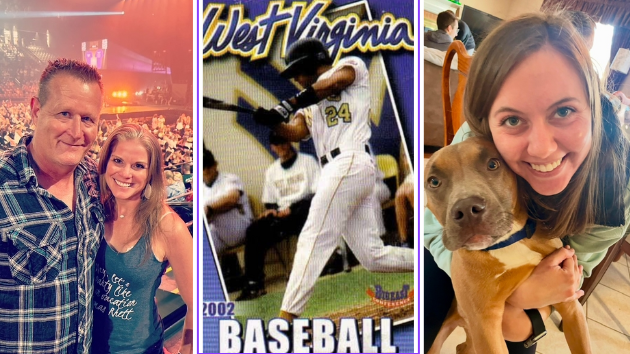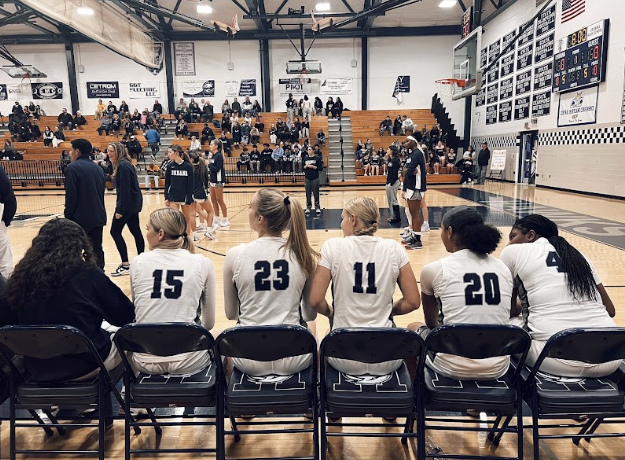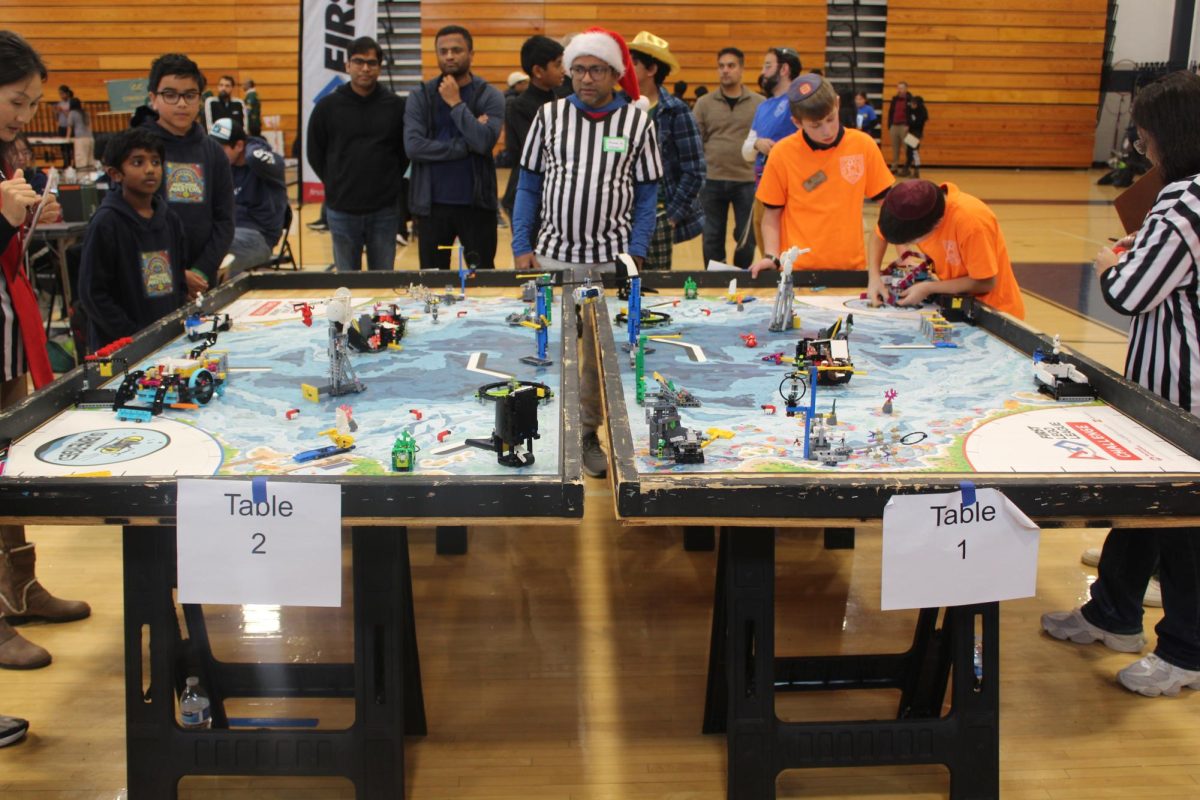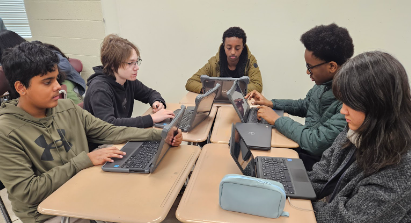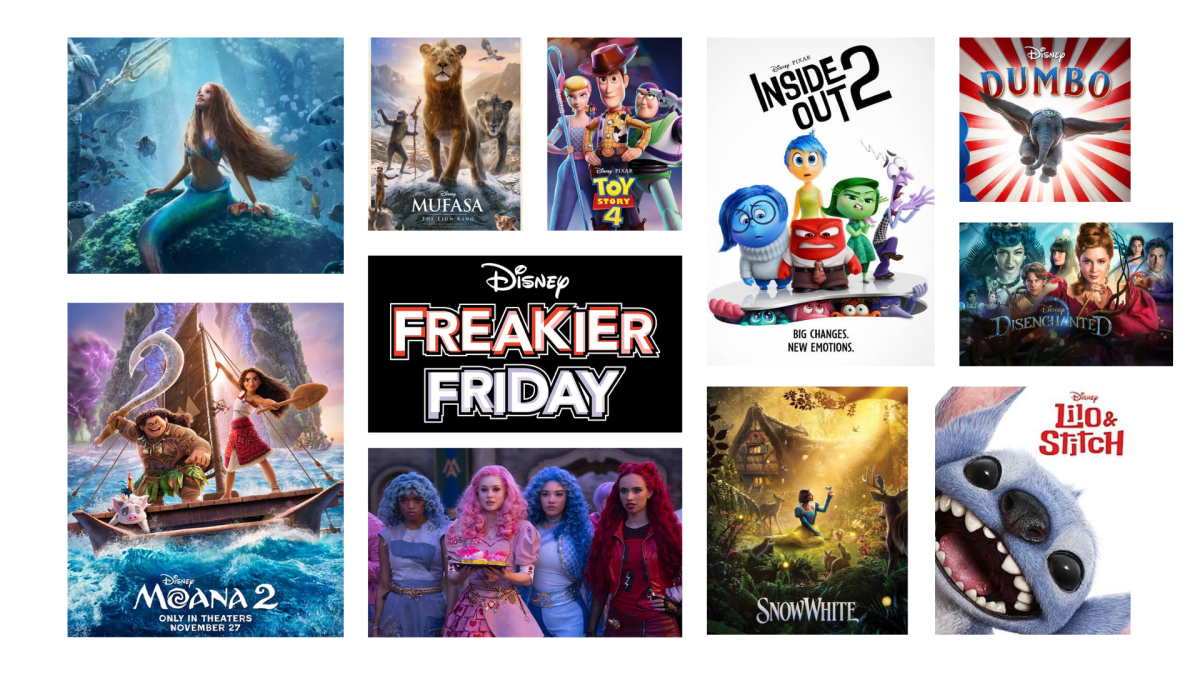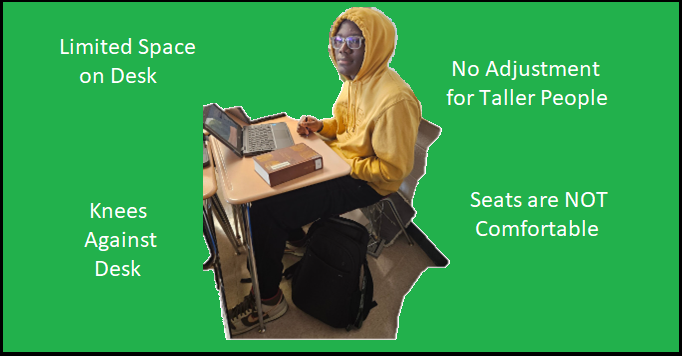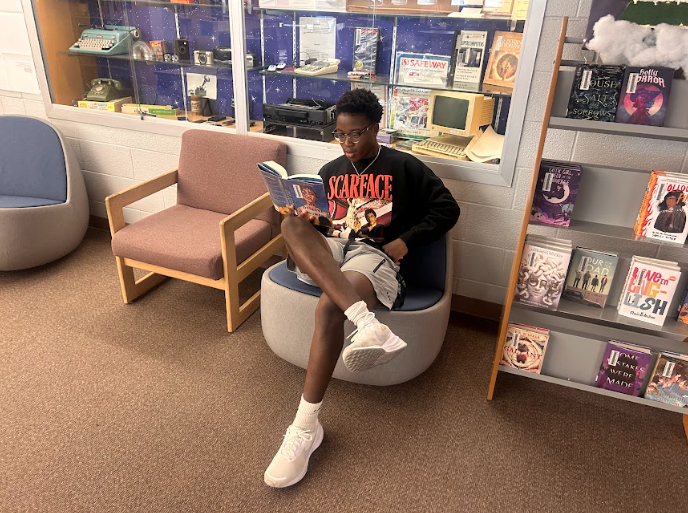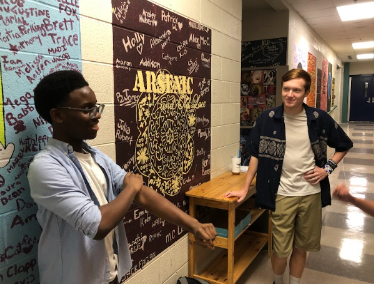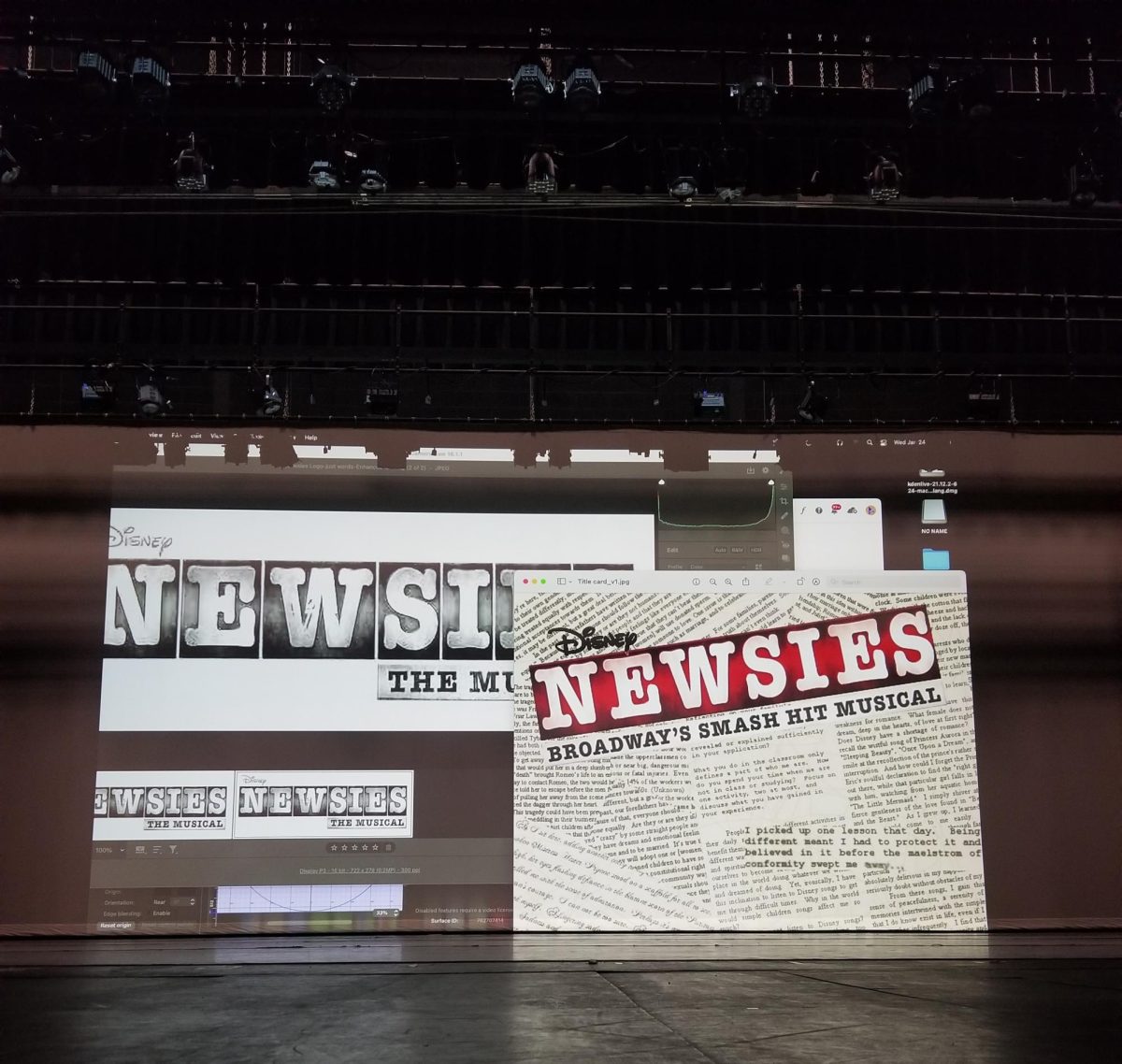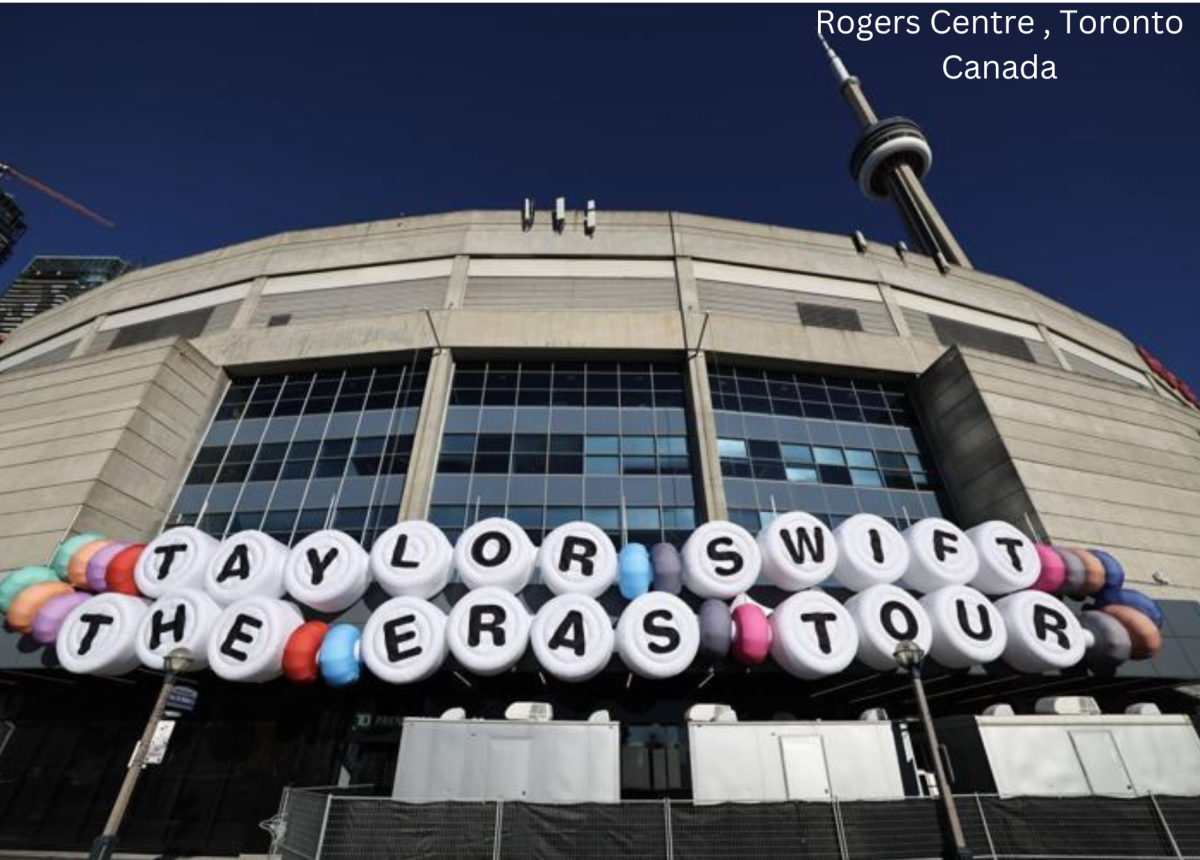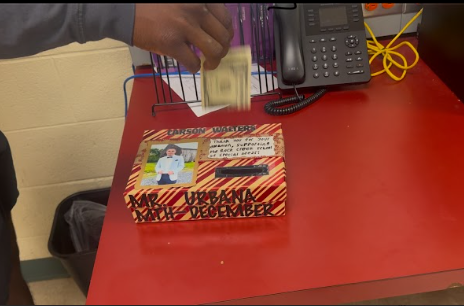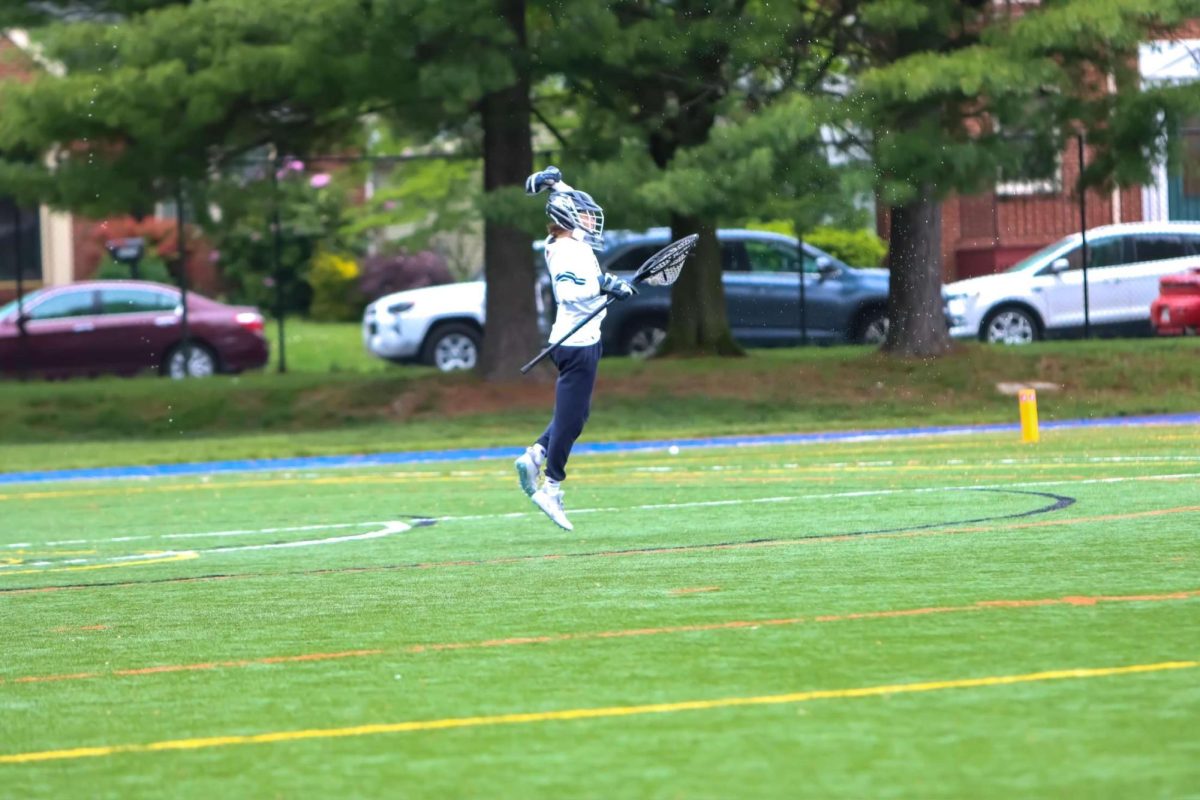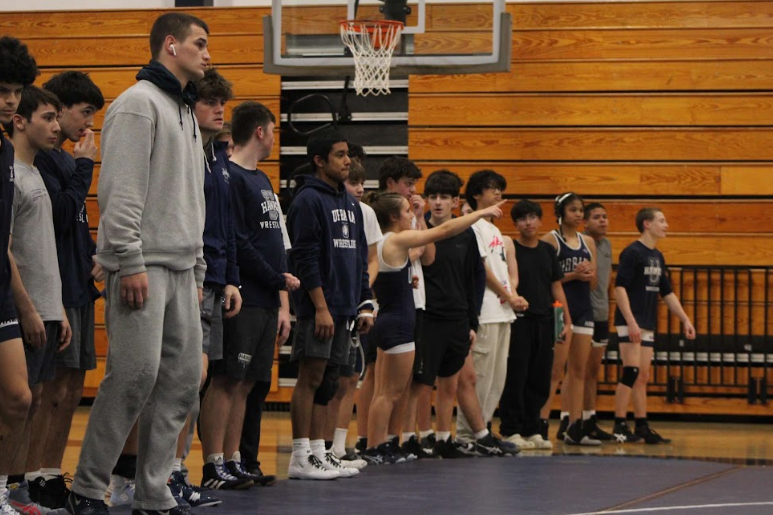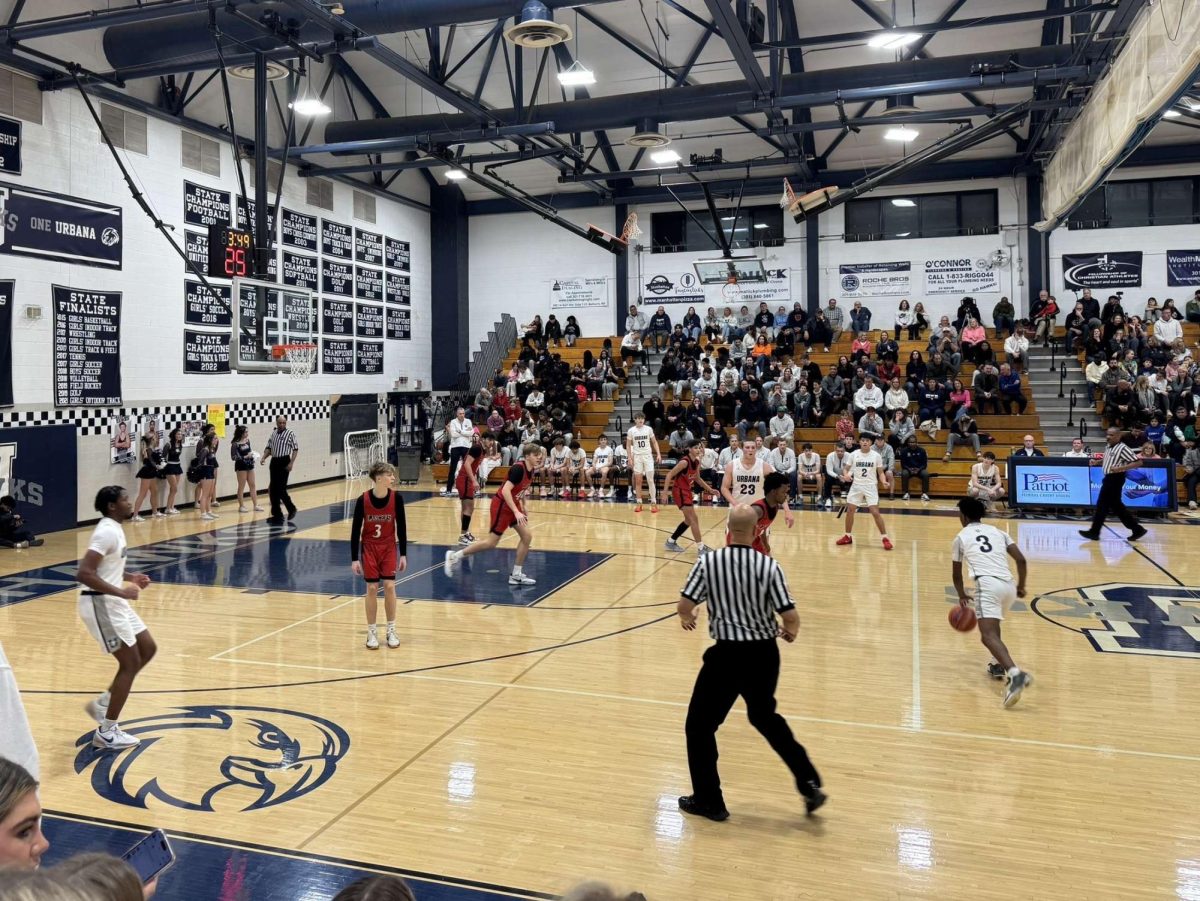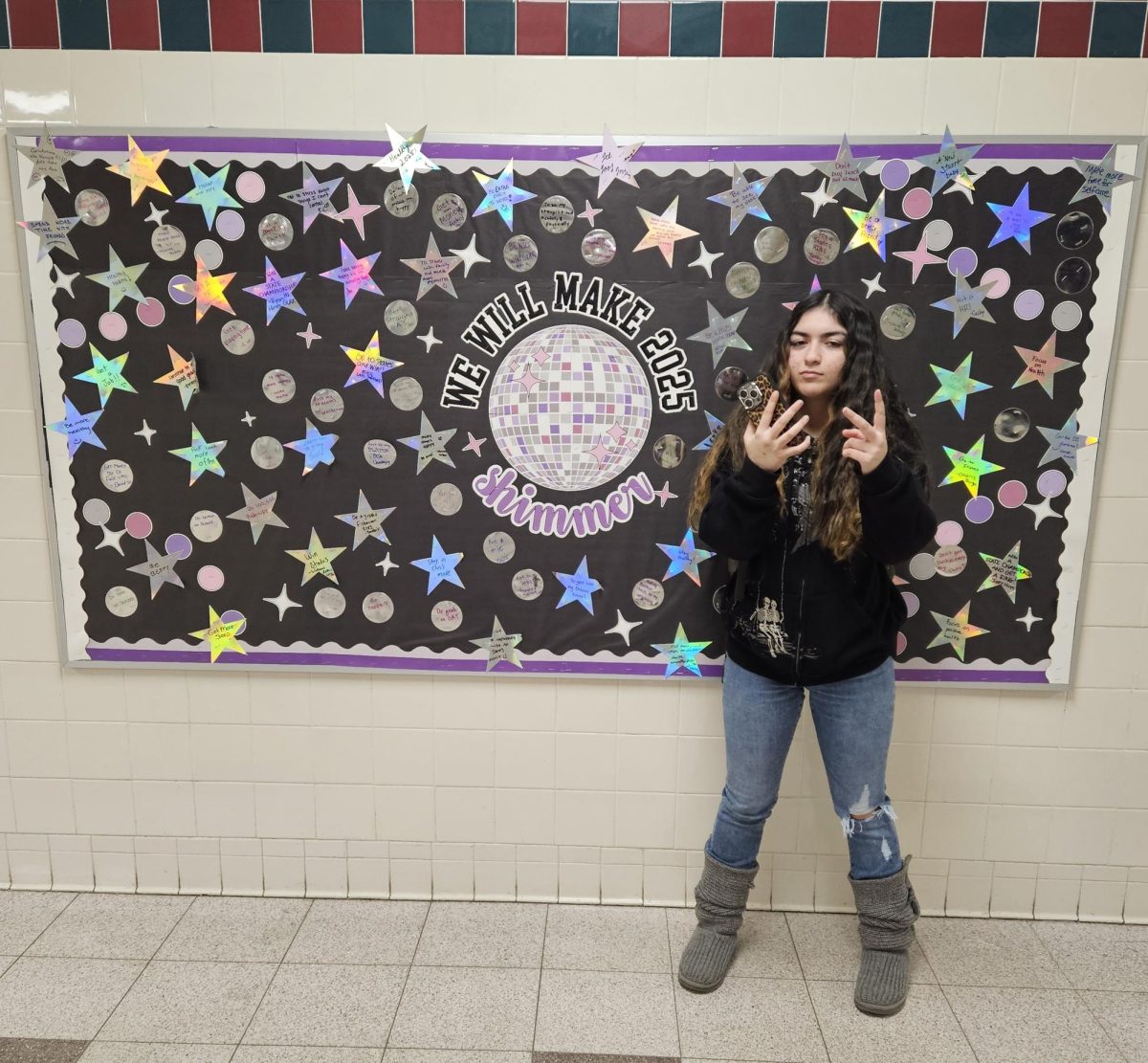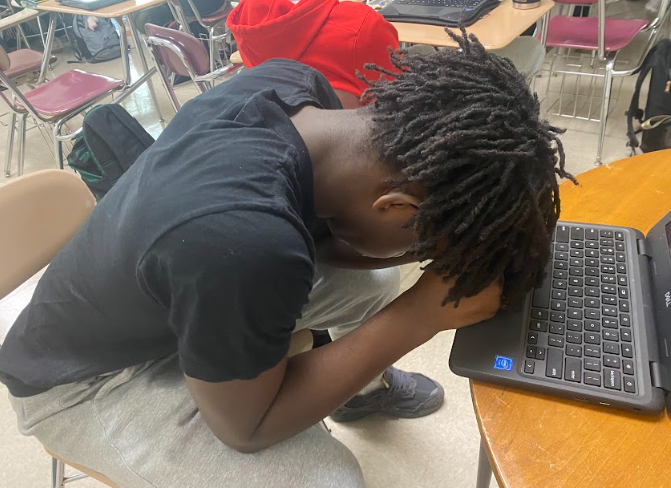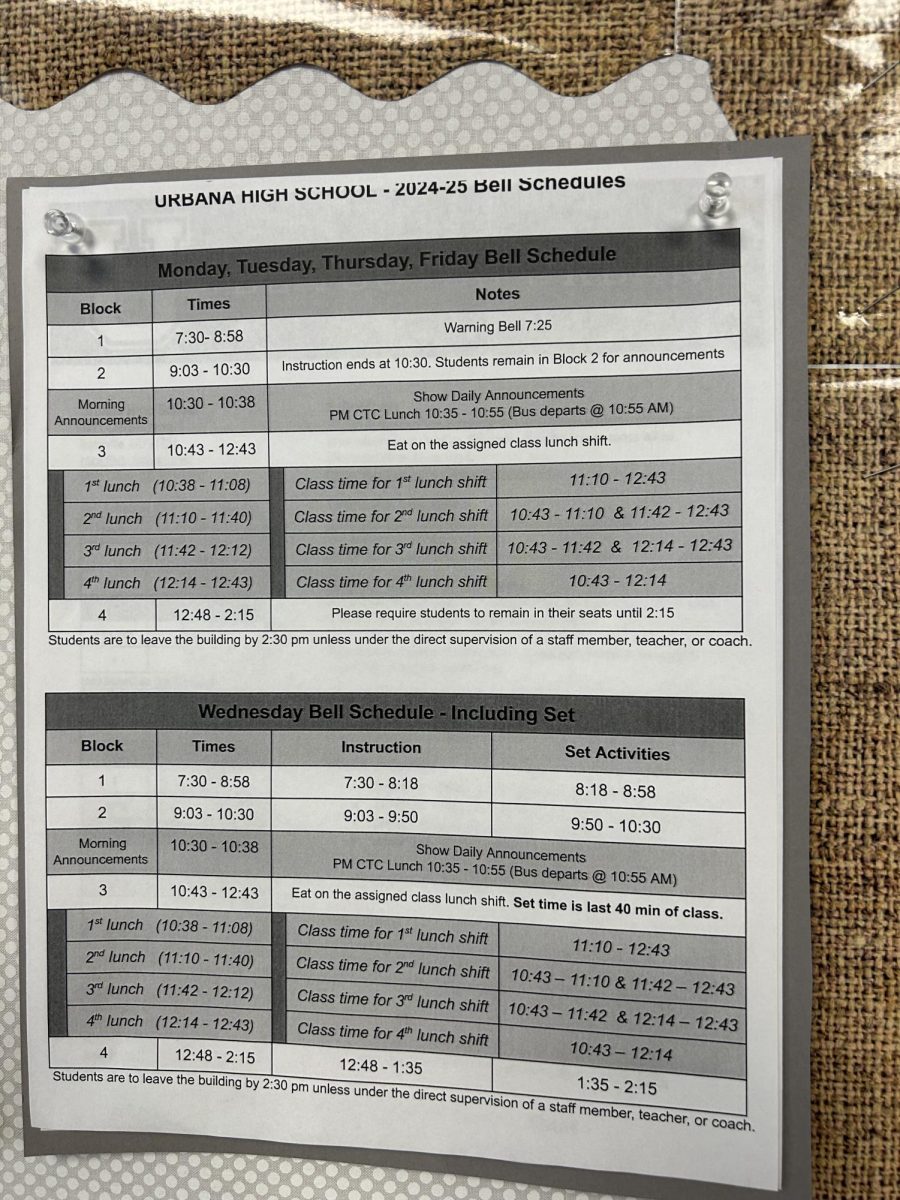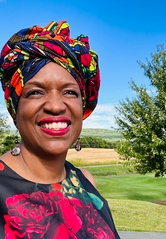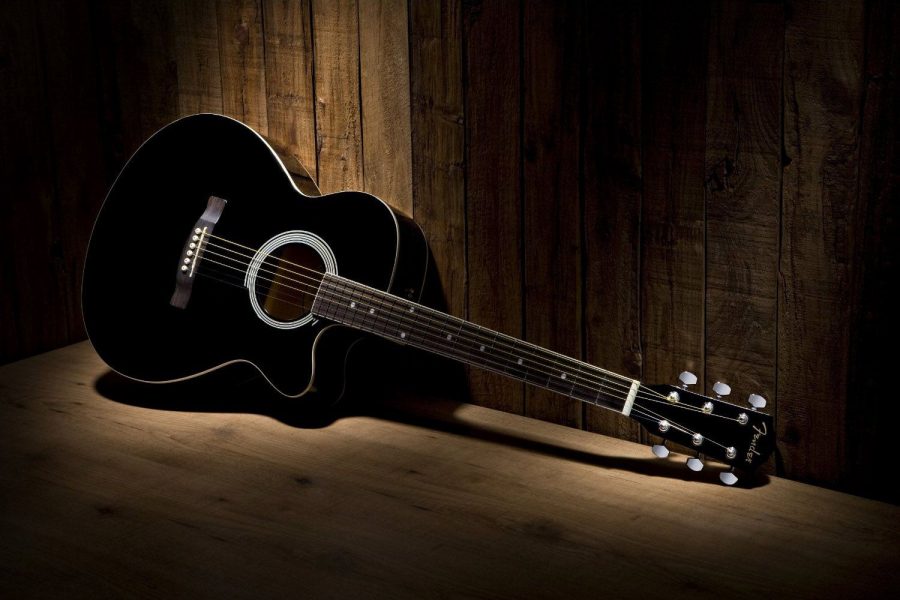A lyrical journey: How music was transformed in the 1960s
January 11, 2021
The 1960s was a pivotal decade. The Vietnam War, the Civil Rights Movement, the beginning of modern feminism, the assassination of President John F. Kennedy, the Stonewall Riots, the moon landing, the threat of nuclear annihilation- the list goes on. But you can’t talk about the ‘60s without mentioning hippies and the counterculture wave they brought down upon the United States.
The counterculture movement altered American society as a whole, but it completely revolutionized music, art, and entertainment. Activists and artists alike rode the counterculture wave into the following decades, reshaping the movement along the way.
Without ‘60s counterculture, would we have music the way it is today?
60’s Counterculture
Counterculture was born from boiling anti-war anger and a burning desire to be liberated from societal norms and commercialism. The movement was pro-peace and self-expression, and crucially pro-creative. Artists of all kinds challenged the standard and dared to explore the ‘taboo’- free love, free drug, and peace for all.
Some parts of counterculture went even deeper than that and dared to confront racial inequality, restrictive gender roles, discrimination against sexual minorities, and the stigma towards mental health. Pop artists, Beat Generation writers, and psychedelic rockers alike all had the guts to tackle these difficult topics in a time when such discussions very much violated social conventions. Even today, conversations on these topics are often not well-received.
In terms of music, The Beatles, Grateful Dead, Bob Dylan, Jimi Hendrix, and Janis Joplin were all considered leaders in the music counterculture revolution. Several of these artists, among many more, appeared at the Woodstock Music Festival in Bethel, New York, during August of 1969. This festival was largely unorganized with around 400,000 attendees. A big focus of the festival was anti-war sentiments, displayed in Jimi Hendrix’s controversial rendition of ‘The Star-Spangled Banner’.
Experimental Music
Experimental types of music became immensely popular due to counterculture, especially psychedelic rock and tracks rich with sound effects and overlapping genres. Grateful Dead, formed in 1965, was a frontrunner in the mixing of styles, fusing rock, folk, blues, and jazz. The Beatles also entered an experimental phase during this time, stepping into more political and controversial messages, most notably with their anti-war song ‘Revolution’. Their album Sgt. Pepper’s Lonely Hearts Club Band ventured into psychedelic territory, featuring the immensely popular ‘Lucy in the Sky With Diamonds’.
Pink Floyd, formed in 1965, also emerged during the counterculture movement and would become leaders in the new progressive rock genre. Pink Floyd would help carry the sentiments of counterculture into the ‘70s and ‘80s, with both of their extremely popular albums, The Dark Side of the Moon, released in 1973, and The Wall, a rock opera released in 1979. Both of these albums are noted for their ability to immerse the listener in a story and are full of sensory details and philosophical messaging. Led Zeppelin, formed in 1968, and Rush, also formed in ‘68, would become notable progressive rock stars as well.
Rock and Metal
The popular rock of the ‘70s and ‘80s was less directly political, but it still very much embodied the rebellious spirit of counterculture. Stars like Van Halen and AC/DC were loud, proud, and not afraid to say what they wanted to say. Fashion choices also got interesting, especially in the case of hard rock and metal stars like Motley Crue and Twisted Sister.
Heavy metal also rose to popularity in the decades following the ‘60s, with bands like Metallica, Black Sabbath, and Iron Maiden. These bands explored the macabre, often writing songs about dark events and mental states. They did get political again as well, seen in Black Sabbath’s song ‘War Pigs’. The song is bitterly anti-war, criticizing politicians for sending others to die in the wars that they started. Religious allusions, often relating to battles between ‘good and evil’ and ‘order and chaos’ were also commonly found in metal lyrics.
Punk
Punk has been called not only a music genre or fashion style, but a political ideology. Punk saw the rise of anarchists and a call for radical social reform, daring to be loud, angry, and just plain rude. The genre has a variety of sound, from the Ramones, who truly started it all, to bands like Green Day and Blink-182 who tend to mix genres.
The Ramones, formed in 1974, jumpstarted punk with their infectiously catchy songs like ‘Blitzkrieg Bop’ and ‘I Wanna Be Sedated’. The Misfits, formed in 1977, also played a big part in the punk movement and included darker themes into their lyrics, similar to those seen in heavy metal.
Punk quickly got political with bands like Dead Kennedys and songs like ‘Police Truck’, about police brutality, and ‘We’ve Got a Bigger Problem Now’, criticizing President Ronald Reagan. Punks harshly opposed conservative and religious ideals and often embraced radically liberal stances. Feminist punk movements also deserve a mention, the biggest being the ‘Riot Grrrl’ movement which was lead by female punk bands like Bratmobile and Bikini Kill who challenged male domination in the genre.
Green Day, formed in 1987, is often grouped under the alternative genre, but they have very strong punk influences. Their album Dookie, released 1994, has a strong punk sound. Later albums, like the tremendously popular rock opera American Idiot released 2004, mixed punk with grunge and alternative. By the title alone, one can tell the album has a deeply political message, inspired by then recents events like the Iraq War and 9/11.
Alternative and Grunge
Alternative and grunge could be considered a branch of punk, but it can include several other musical influences, including classic rock, metal, electronic, and even bluegrass. Alternative saw a rise in popularity in the ‘80s with new wave and post-punk bands like Talking Heads, formed 1975, and Depeche Mode, formed 1980. Although not completely considered alternative by today’s standards, bands like these set a foundation for the alternative and grunge genre that would become largely popular in the ‘90s.
Nirvana, formed 1987, is considered to be one of the most popular grunge bands ever. The band’s lyrics were often personal, tackling topics related to mental illness. Kurt Cobain, the band’s frontman, also seemed to be deeply troubled by sexism and the victimization of women and wrote several songs on this topic. Pearl Jam, formed 1990, similarly wrote songs about mental health struggles. Grunge was largely about emotion and allowed artists to express their own struggles that listeners often found they could relate to.
The Impact
Social issues and politics have remained present in music from the 2000s. Artists have used their craft as a way to speak up about things they believe are important. Music also remains deeply emotional, something that we as listeners often find ourselves clinging to.
The radical cultural changes that occurred in the ‘60s built a framework for artists to create music that truly resonates with listeners and is unapologetically itself. Today’s artists have much more freedom in what they choose to create, whether its something deeply philosophical or something that means exactly what it says.
Playlist
It was hard to consolidate over 40 years of music into one article, so I created a playlist with artists and songs mentioned here as well as tons more! The playlist is vaguely organized, similar to the way this article is layed out. If you’re interested in this topic, listen to the playlist here.
Sources
Baker, CJ. “The 10 Best Political Protest Songs of the 70s.” Spinditty, 13 June 2020, spinditty.com/playlists/The-Protest-Movement-The-10-Best-Protest-Songs-of-the-70s.
Bickerdicke, Jennifer Otter. “6 Protest Songs From the 1960s We Should Listen to Today.” Discogs Blog, 21 July 2020, blog.discogs.com/en/protest-songs-from-the-1960s-you-should-listen-to-now/. Accessed 3 Jan. 2021.
“Counterculture Movement.” exhibits, Omeka, digilab.libs.uga.edu/exhibits/exhibits/show/civil-rights-digital-history-p/counterculture. Accessed 3 Jan. 2021.
“1960s.” History.com, A&E Television Networks, www.history.com/topics/1960s. Accessed 3 Jan. 2021.
“Rolling Stone.” Rolling Stone Magazine, www.rollingstone.com/. Accessed 3 Jan. 2021.
“The Sixties Timeline.” Public Broadcasting Service, Oregon Public Broadcasting, 2005, www.pbs.org/opb/thesixties/timeline/timeline_text.html. Accessed 3 Jan. 2021.




